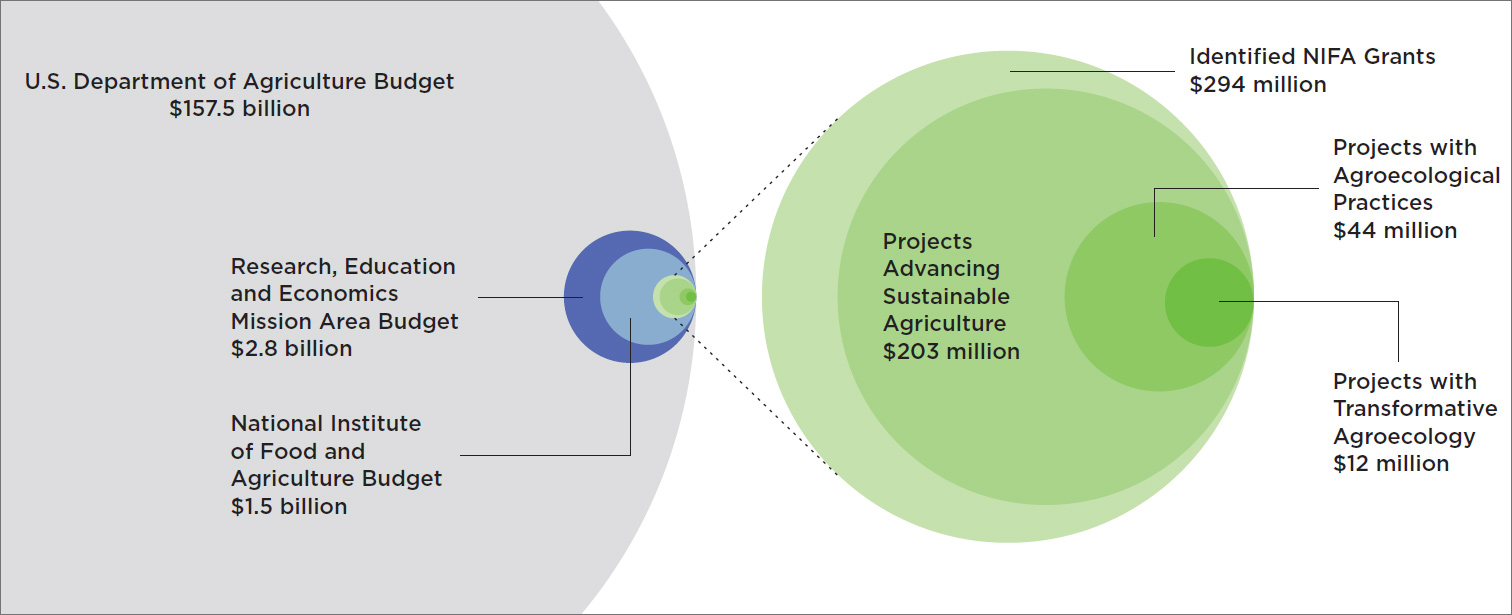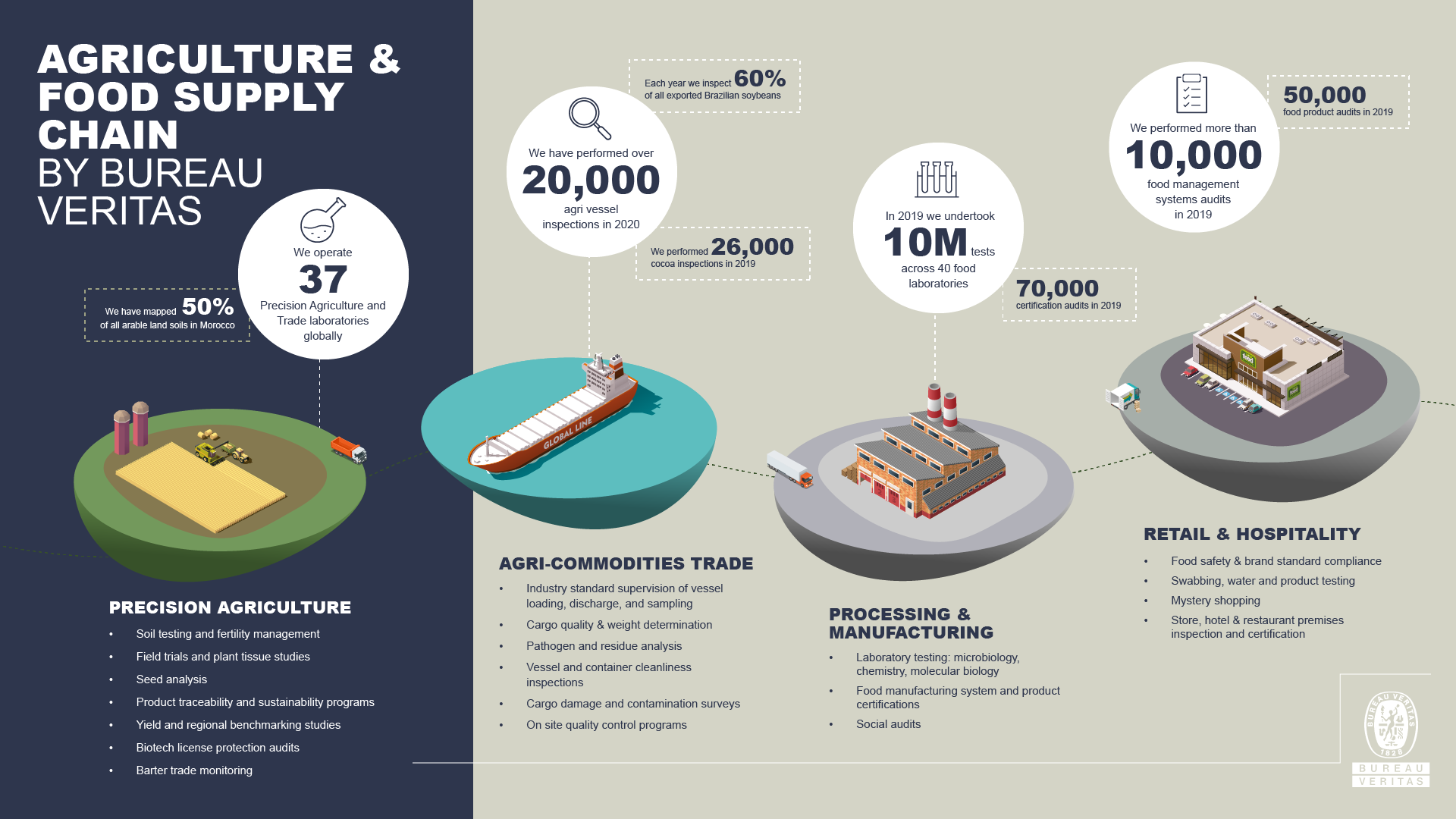Agroecology Promoting Agrobiodiversity And Ecological Balance
Counting on Agroecology: Why We Should Invest More in the Transition to Sustainable Farming

As we face the challenges of a changing climate and a growing global population, it has become clear that our current industrial agricultural system is not sustainable. The reliance on synthetic fertilizers and pesticides, the loss of biodiversity, and the degradation of soil health are all driving factors behind the urgent need for a transition to more sustainable farming practices. One approach that holds great promise is agroecology, a holistic and interdisciplinary field that seeks to integrate ecological principles into agricultural systems. In this post, we will explore why we should invest more in the transition to agroecology and the potential benefits it can bring.
What is Agroecology?
Agroecology is not just a single farming technique or practice; it is an entire approach to agriculture that takes into account the complex interactions between plants, animals, humans, and the environment. At its core, agroecology seeks to mimic natural ecosystems and use ecological principles to guide agricultural production. This means reducing reliance on external inputs like synthetic fertilizers and pesticides and instead harnessing natural processes, such as nutrient cycling and biological pest control, to promote sustainable farming practices.
Ideas For Transitioning to Agroecology
Transitioning from conventional industrial agriculture to agroecology is certainly a complex task, but it is not an impossible one. Here are some ideas for making a successful transition:
1. Promote Research and Development: Investing in research and development is crucial to understanding the potential benefits and challenges of agroecological practices. By conducting long-term studies and gathering empirical evidence, we can garner a better understanding of how agroecological systems function and optimize their designs.
2. Provide Technical Assistance: Farmers who wish to transition to agroecology might require technical support and guidance. Providing farmers with access to training programs, consulting services, and peer-to-peer networks can greatly facilitate the adoption of agroecological practices.
3. Create Financial Incentives: Transitioning to agroecology often requires substantial investments in new infrastructure, equipment, and knowledge. Governments and organizations can support farmers by offering financial incentives, such as grants, low-interest loans, and tax benefits, to help offset the costs of transitioning to more sustainable farming practices.
4. Foster Knowledge Sharing and Collaboration: Encouraging knowledge sharing and collaboration among farmers, researchers, and policymakers can help accelerate the adoption of agroecology. Platforms for sharing best practices, organizing workshops and conferences, and facilitating dialogue can all contribute to a collective learning process that benefits the entire agricultural community.
Recommendations for Policy Makers
If we are to truly embrace the potential of agroecology, policy makers and governmental bodies need to take decisive action. Here are some recommendations for policy makers:
1. Prioritize Agroecology in Agricultural Policies: Governments should prioritize agroecology in agricultural policies and allocate resources to support its adoption. This includes providing funding for research, creating regulations that favor agroecological practices, and integrating agroecological principles into existing agricultural programs.
2. Invest in Farmer Education and Training: Ensuring that farmers have access to education and training on agroecology is essential. Governmental bodies can support initiatives that provide farmers with the knowledge and skills they need to transition to more sustainable farming practices. This can be done through partnerships with educational institutions, agricultural extension services, and farmer-led organizations.
3. Support Local Food Systems: Agroecology is closely linked to the development of local food systems that prioritize small-scale, diversified farming and direct relationships between farmers and consumers. Policy makers can support local food systems by investing in infrastructure, such as farmers markets and food hubs, and implementing policies that promote local food consumption, such as school meal programs that source from local farms.
Listicle of Agroecology Benefits and Success Stories
1. Biodiversity Conservation: Agroecological practices promote biodiversity by creating habitat for a wide range of plant and animal species. By diversifying crops and implementing techniques like agroforestry, farmers can provide homes and food sources for beneficial insects, birds, and pollinators, which in turn can help control pests and enhance crop productivity.
2. Improved Soil Health: Agroecology focuses on building and maintaining healthy soils by reducing chemical inputs, increasing organic matter content, and enhancing nutrient cycling. Healthy soils are more resilient to pests and diseases, retain more water, and can sequester carbon, helping to mitigate climate change.
3. Resilience to Climate Change: Agroecological systems have shown greater resilience to the impacts of climate change, such as droughts and floods. By enhancing soil health, diversifying crops, and implementing agroforestry practices, farmers can better cope with changing climatic conditions and reduce their vulnerability to extreme weather events.
Question & Answer
Q: Is agroecology only for small-scale farmers?
A: While agroecology is often associated with small-scale farming, its principles and practices can be applied across different scales of production. Large-scale farmers can also benefit from transitioning to agroecology by reducing reliance on synthetic inputs, improving soil health, and enhancing the sustainability of their operations.
Q: Does agroecology result in lower crop yields?
A: Contrary to the misconception that agroecology leads to lower crop yields, numerous studies have shown that agroecological practices can be just as productive, if not more so, than conventional industrial agriculture. By optimizing ecological processes and enhancing soil health, farmers can achieve comparable or even higher yields while minimizing environmental impacts.
Summary of the Importance of Transitioning to Agroecology
The transition to agroecology represents a significant opportunity to promote more sustainable and resilient farming systems. By embracing ecological principles and reducing reliance on synthetic inputs, we can protect biodiversity, enhance soil health, mitigate climate change, and ensure food security for future generations. To achieve this transition successfully, it is crucial that policymakers, researchers, farmers, and consumers all work together to invest in agroecology, support its adoption, and create a food system that is truly sustainable.




Post a Comment for "Agroecology Promoting Agrobiodiversity And Ecological Balance"